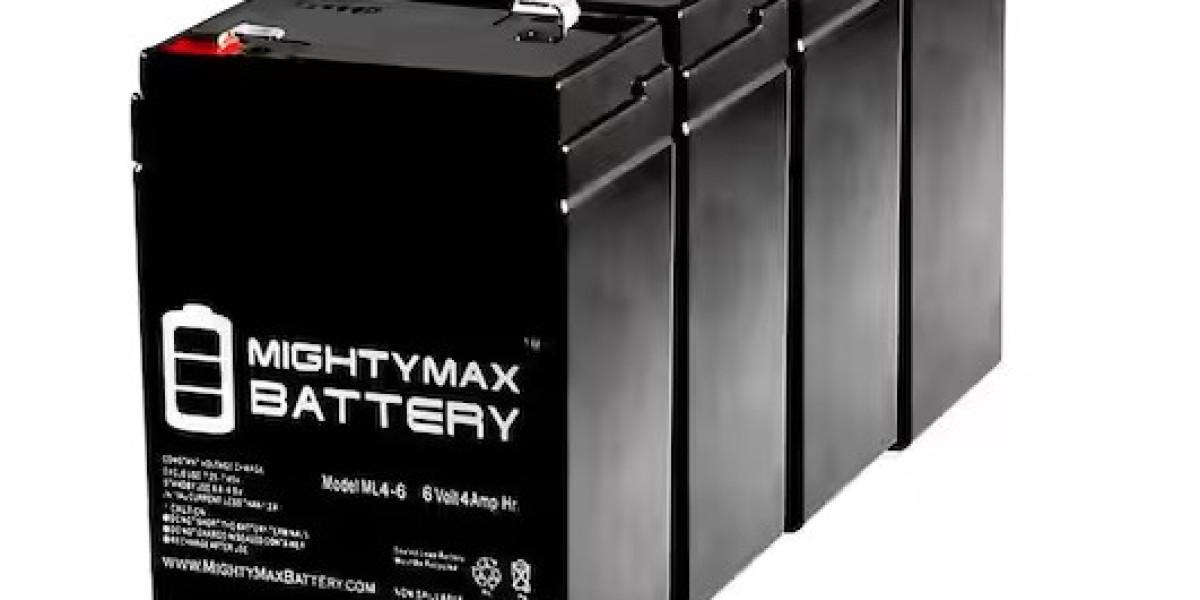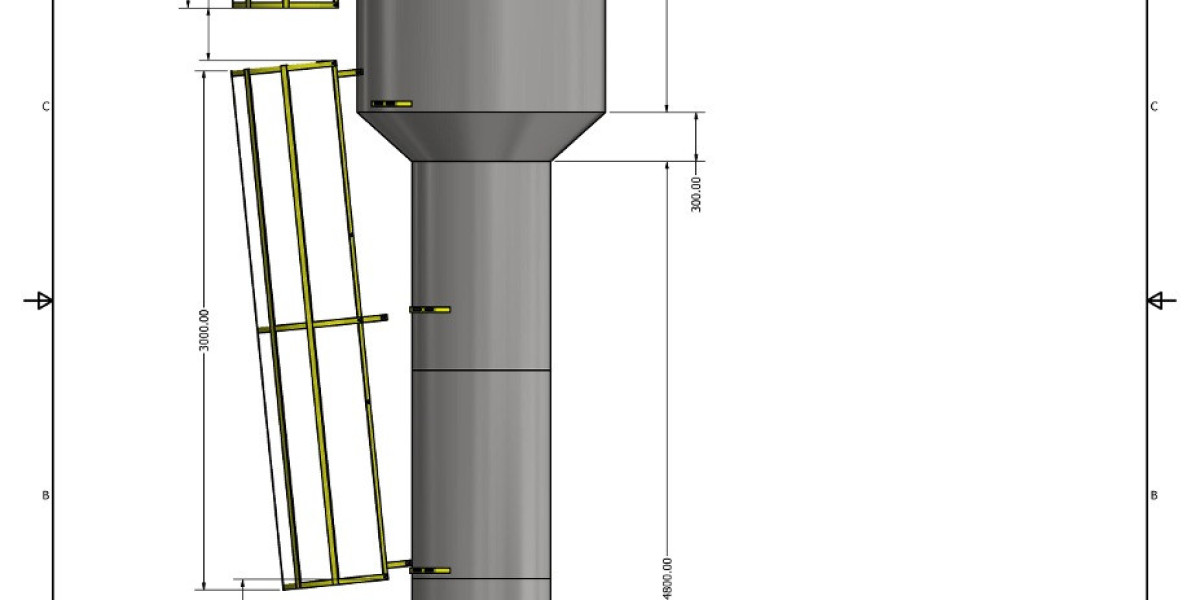When purchasing batteries for various applications, you might encounter the term “Ah” printed on the label. Whether you're buying a battery for your smartphone, electric vehicle, or solar energy system, it's essential to understand what Ah means. In short, Ah stands for ampere-hour, and it’s a unit that measures a battery’s capacity, or how much energy it can store and deliver over time. In this article, we’ll break down what Ah means, how it affects battery performance, and why it's a crucial factor when selecting a battery.
What Is Ah on a Battery?
Ah stands for ampere-hour, a unit of electric charge that measures the capacity of a battery. It indicates how much current a battery can supply over a specified period. Specifically, an ampere-hour (Ah) tells you how many amps a battery can provide over one hour before it runs out of charge.
- Ampere (A): This refers to the flow of electrical current. One ampere represents the flow of one coulomb of charge per second.
- Hour (h): The duration for which the battery can provide the current.
For instance, a battery rated at 1 Ah can provide 1 amp of current for 1 hour, or it can provide 2 amps for half an hour. A battery with a higher Ah rating can supply a higher current over the same period, or it can provide the same current over a longer period.
How Does Ah Impact Battery Performance?
The Ah rating directly impacts the battery’s ability to power your device and how long it can last. Here's how it affects different aspects of battery performance:
1. Battery Runtime
One of the most important factors is how long the battery will last under constant usage. A battery with a higher Ah rating can provide power for a more extended period.
For example:
- A 1 Ah battery will last for 1 hour if the device draws 1 amp of current.
- A 2 Ah battery will last for 1 hour if the device draws 2 amps, or it can last 2 hours if the device draws 1 amp.
Thus, the higher the Ah rating, the longer the battery will power your device before needing a recharge.
2. Powering Larger Devices
Larger devices, such as electric vehicles (EVs), solar energy storage systems, and heavy-duty tools, require batteries with higher Ah ratings. For example, an EV might require a 100 Ah battery or even larger, while a small electronic device like a smartphone may use a battery rated at only 1 Ah or 2 Ah.
As the device requires more energy to function, the Ah rating of the battery needs to increase. A higher Ah rating indicates that the battery can store and supply more energy, making it suitable for more energy-demanding applications.
3. Energy Storage and Efficiency
Batteries with higher Ah ratings tend to store more energy, which is essential for applications like solar power systems and off-grid power supplies. A higher Ah rating allows these systems to store more energy from solar panels or wind turbines and use it during cloudy days or at night.
It’s important to note that while the Ah rating is an indicator of capacity, it doesn’t necessarily reflect battery efficiency. The rate at which a battery discharges its energy can affect how much usable power you actually get, and certain battery types may be more efficient than others at discharging energy.
4. Charging Time
Charging time is directly impacted by the Ah rating of the battery. A higher Ah battery will typically take longer to charge, provided the charger’s output is the same. For example, if you're charging a 12V 100 Ah battery with a 12V 10A charger, it would take approximately 10 hours to fully charge the battery (100 Ah ÷ 10 A = 10 hours). On the other hand, a smaller battery with a lower Ah rating will take less time to charge.
How to Calculate Battery Capacity Using Ah
To determine the total energy a battery can store and deliver, you can use the following formula to calculate its watt-hour (Wh) rating:
Wh = Ah × V (Voltage)
Where:
- Wh is the battery’s total energy storage in watt-hours.
- Ah is the ampere-hour rating of the battery.
- V is the voltage of the battery.
For example, if you have a 12V battery with a 5 Ah rating, the total energy capacity would be:
Wh = 12V × 5 Ah = 60 Wh
This means the battery can store 60 watt-hours of energy. If you have a device that uses 10 watts, this battery would run the device for 6 hours (60 Wh ÷ 10 W = 6 hours).
Why Is Ah Important for Battery Selection?
Knowing the Ah rating is crucial when choosing the right battery for various applications. Here’s why Ah matters:
1. Device Compatibility
The Ah rating helps ensure that the battery is compatible with the device you plan to use it with. If your device requires 2 amps, a 1 Ah battery may only power it for 30 minutes, whereas a 10 Ah battery could run it for 5 hours.
2. Longer Battery Life
A higher Ah rating generally means a longer battery life, especially for devices that require continuous power. For example, a 12V 100 Ah battery can run a device for longer than a 12V 50 Ah battery, which is essential for devices such as electric vehicles, solar storage systems, and RV batteries.
3. Efficiency and Cost
While higher Ah batteries offer longer runtimes, they tend to be more expensive. It’s important to choose the right Ah rating based on your needs to avoid paying for more capacity than required. For instance, if your device has a low power demand, you may not need a battery with an excessively high Ah rating.
4. Application-Specific Requirements
Different applications have varying power demands, and choosing the appropriate Ah rating is key to ensuring optimal performance:
- Small electronics: Smartphones, tablets, and laptops generally use batteries with lower Ah ratings (usually between 1 Ah and 5 Ah).
- Electric vehicles: EV batteries typically range from 50 Ah to 250 Ah to provide enough power for extended driving ranges.
- Solar power systems: For off-grid energy storage, batteries with 100 Ah or more are common, as they store significant amounts of energy for household use.
- Marine and RV batteries: These types of batteries may also have higher Ah ratings, often between 50 Ah and 200 Ah, to ensure sufficient power for various systems on boats or in RVs.
How to Choose the Right Ah Battery
Choosing the correct Ah battery depends on the following factors:
- Energy Consumption of Your Device: The battery’s Ah rating should align with how much energy your device consumes. Larger devices, such as EVs and power tools, require batteries with higher Ah ratings, while smaller devices may only need a low Ah battery.
- Desired Runtime: If you want your device to run for several hours, opt for a battery with a higher Ah rating. For example, a 12V 10 Ah battery will run a 5W device for about 24 hours (12V × 10 Ah ÷ 5W = 24 hours).
- Size and Weight: Higher Ah batteries tend to be larger and heavier. Consider your available space and the weight of the battery, especially for portable devices.
- Charging Time: A battery with a higher Ah rating will take longer to charge. If charging speed is essential, ensure that your charger is capable of handling the higher Ah capacity.
Common Applications of Ah in Different Batteries
Understanding the Ah rating is essential in various types of batteries:
1. Car Batteries
Car batteries often have Ah ratings ranging from 40 Ah to 100 Ah. These batteries supply power to start the car and run electrical accessories. A larger Ah rating means more reserve capacity for running electrical systems without the engine running.
2. Lithium-Ion Batteries (Smartphones, Laptops)
Lithium-ion batteries in smartphones, laptops, and tablets typically have Ah ratings between 1 Ah and 5 Ah. For example, a smartphone battery may have a 3,000 mAh (3 Ah) rating, which determines how long the phone will last before needing a recharge.
3. Electric Vehicles
EV batteries typically have Ah ratings between 50 Ah and 300 Ah, depending on the range of the vehicle. Larger capacity batteries allow the EV to travel longer distances between charges.
4. Solar and Off-Grid Systems
Solar energy storage batteries generally have higher Ah ratings, ranging from 100 Ah to 1,000 Ah or more, depending on the energy needs of the system. Higher Ah batteries ensure that stored energy can last throughout the day and night.
Conclusion
In conclusion, Ah (ampere-hour) is a critical specification for understanding a battery’s capacity and performance. The Ah rating tells you how much energy the battery can store and how long it will power your device before needing a recharge. Whether you're choosing a battery for an electric vehicle, a solar power system, or a portable device, understanding the Ah rating helps you select the best battery to meet your needs. By considering factors such as energy consumption, desired runtime, and charging time, you can make an informed decision that ensures the battery performs effectively and efficiently for your application.







